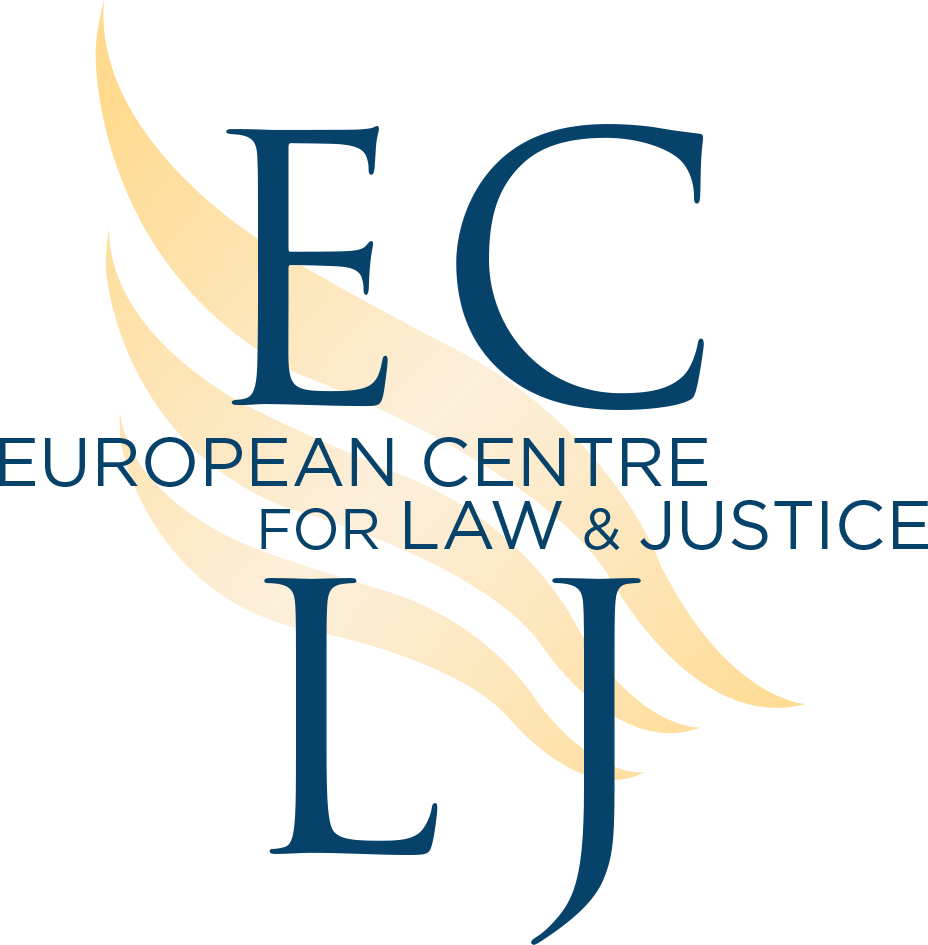

The way toward a right for same-sex couples to have their relationship officially recognized
Same-sex marriage: two new cases
The European Court of Human Rights (ECHR) has decided to consider two cases against the Italian heterosexual definition of marriage.
- In the first case (OLIARI and A. against Italy and Gian Mario FELICETTI and others v. Italy), according to the Court, two same-sex couples complain that the Italian legislation did not allow them to get married or enter into any other type of civil union and thus that they are being discriminated against, in comparison with heterosexual couples, as a result of their sexual orientation.
- In the other case (Francesca ORLANDI and others v. Italy), according to the Court, the applicants complain about the Italian authorities’ refusal to register their marriage contracted abroad and more generally about the impossibility of obtaining recognition of their relationship, in so far as the Italian legal framework did not allow for marriage between persons of the same sex, nor did it provide for any other type of union which could give them legal recognition.
In both cases, the applicants invoke article 8 protecting private and family life and article 12 guaranteeing the right to marry and fund a family, in conjunction with Article 14 prohibiting discrimination.
The ECLJ has asked leave to intervene as third party in those cases and to submit written observations to the Court.
It is well established that the Convention cannot be interpreted as encompassing a duty on the Contracting States to extend marriage to homosexual couples, because it guarantees the right to marry and to found a family only to “men and women” (Article 12, Schalk and Kopf v. Austria n°30141/04)). Nevertheless, the Court may get around this obstacle through the creation of a new duty on the States not to afford marriage, but to “recognize the relationship” of stable couples without discrimination based on “sexual orientation”. In the recent judgment of Vallianatos and others v Greece (n° 29381/09 and 32684/09), the Grand chamber observed that “same-sex couples are just as capable as different-sex couples of entering into stable committed relationships” and ruled that the interest of same-sex couples of “having their relationship officially recognised by the State” is a component of their private and family life protected by article 8 of the Convention (§§ 81 and 90). With regard to the right to have “their relationship legally recognised” (§ 90), same-sex couples would be discriminated against compared to different-sex couples who can marry or, when available, can enter into a civil partnership.
The Italian government will have to convince the Court that the absence of any kind of legal recognition of same-sex relationships is justified although it does provide for legal recognition of different-sex relationships through marriage. In addition, the Italian government will have to explain why it is necessary to refuse to register in Italy same-sex marriages contracted abroad.
In the Vallianatos case, the Court ruled that Greece violated the Convention because it reserved access to civil partnership to different-sex couples. The Court considered that same-sex couples, even if they are not cohabiting and have no child,“have the same needs in terms of mutual support and assistance as different-sex couples” (§ 81). While Greece explained that the purpose of the civil partnership is to afford a legal status to families whose parents do not want to marry, the Court answered that the State “must necessarily take into account developments in society and changes in the perception of social and civil-status issues and relationships, including the fact that there is not just one way or one choice when it comes to leading one’s family or private life” (§ 84).
In Vallianatos, the Court did not rule that the State has in the abstract a general obligation to provide for a form of legal recognition in domestic law for same-sex relationships (§ 74), but that it has a specific obligation to do so, based on the principle of non-discrimination, because it provides such recognition for different-sex relationships.
In the Italian cases, the Court will rule either on such general obligation because the Italian legislation does not afford civil partnership at all, or, most probably, the Court will rule on the existence of a specific obligation to afford a form of legal recognition to same-sex relationships, based on the principle of non-discrimination, when same-sex couples do not have access to marriage. However, such specific obligation would create de facto a general obligation on all European States who do not provide for same-sex marriage to afford to same-sex couples a legal status satisfying their social “needs in terms of mutual support and assistance”.
If the Court establishes such right to “official recognition of their relationship”, i.e. the right to civil partnershipfor same-sex couples, the next step for the Court and other proponents of “LGBT rights” will be to level up the rights attached to civil partnership to the ones attached to marriage. The only remaining difference between both statuses will be on the “duties”: married couples will have almost the same rights than civil partners, but more duties.
It is possible that the Court eventually goes another way; but this reasoning seems to follow logically the recent decisions of the Court and to be its “roadmap” toward LGBT rights. However, this “roadmap” is not shared by all judges of the ECHR. A strong proportion of them have not rejected the definition of the family given by the Universal Declaration of Human Rights and the Convention on the Rights of the Child, as the “the natural and fundamental group unit of society” and the “natural environment for the growth and well being of all its member and particularly children”. The existence, or potential existence, of children is the only reason why married couples and families are recognized and supported by the State.
Can two men, not living together, be considered a “family”? The Court did so and afforded them the protection provided to “family life”, prohibiting discrimination compared to other families, because they have a sexual and affective relationship. So the real question in those cases is about the definition of the “family” and the role of the State in this regard: whereas the State recognizes relationships as “families” depending on social demands, or it is made of naturalfamilies preexisting to the State.











